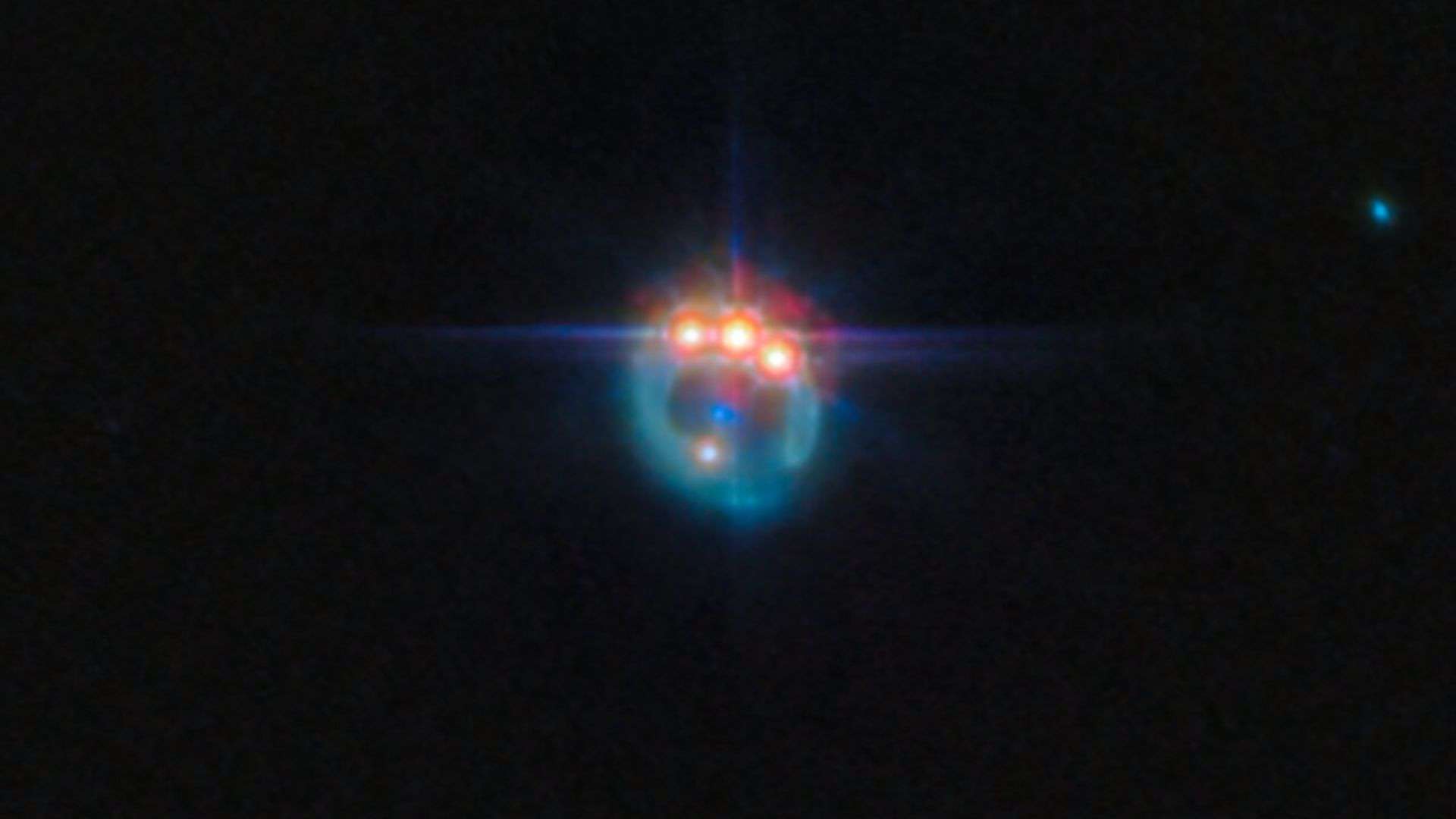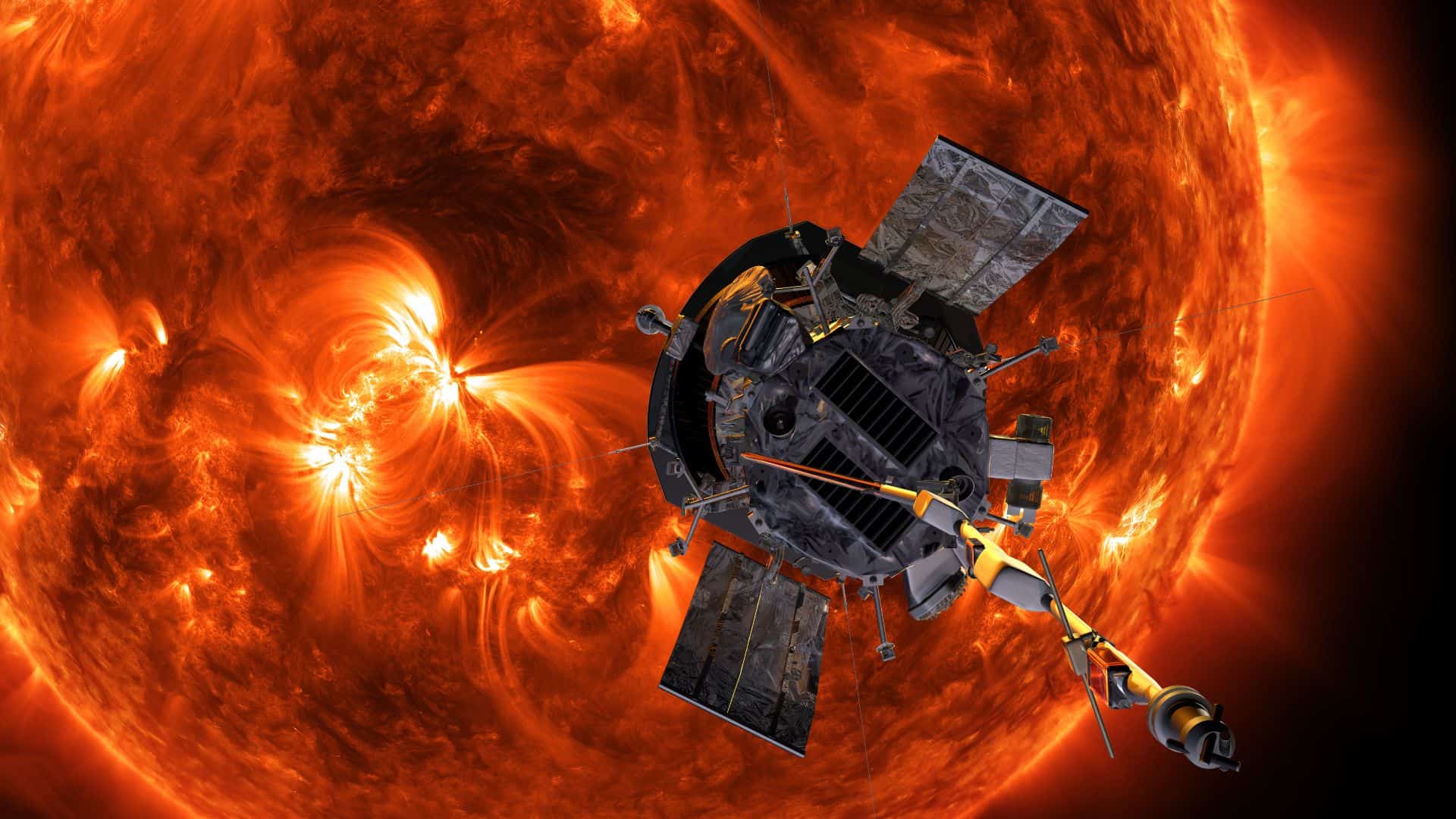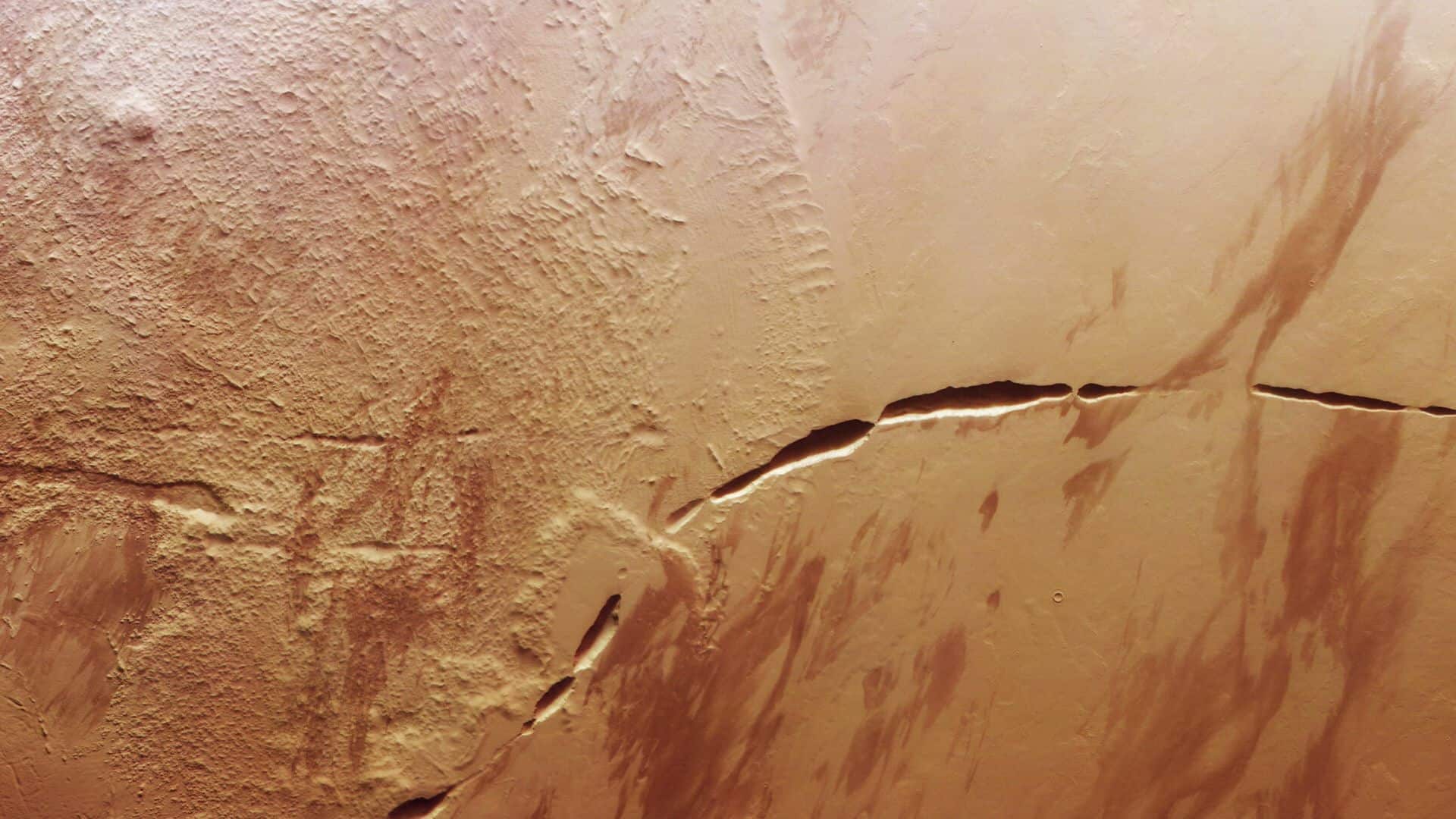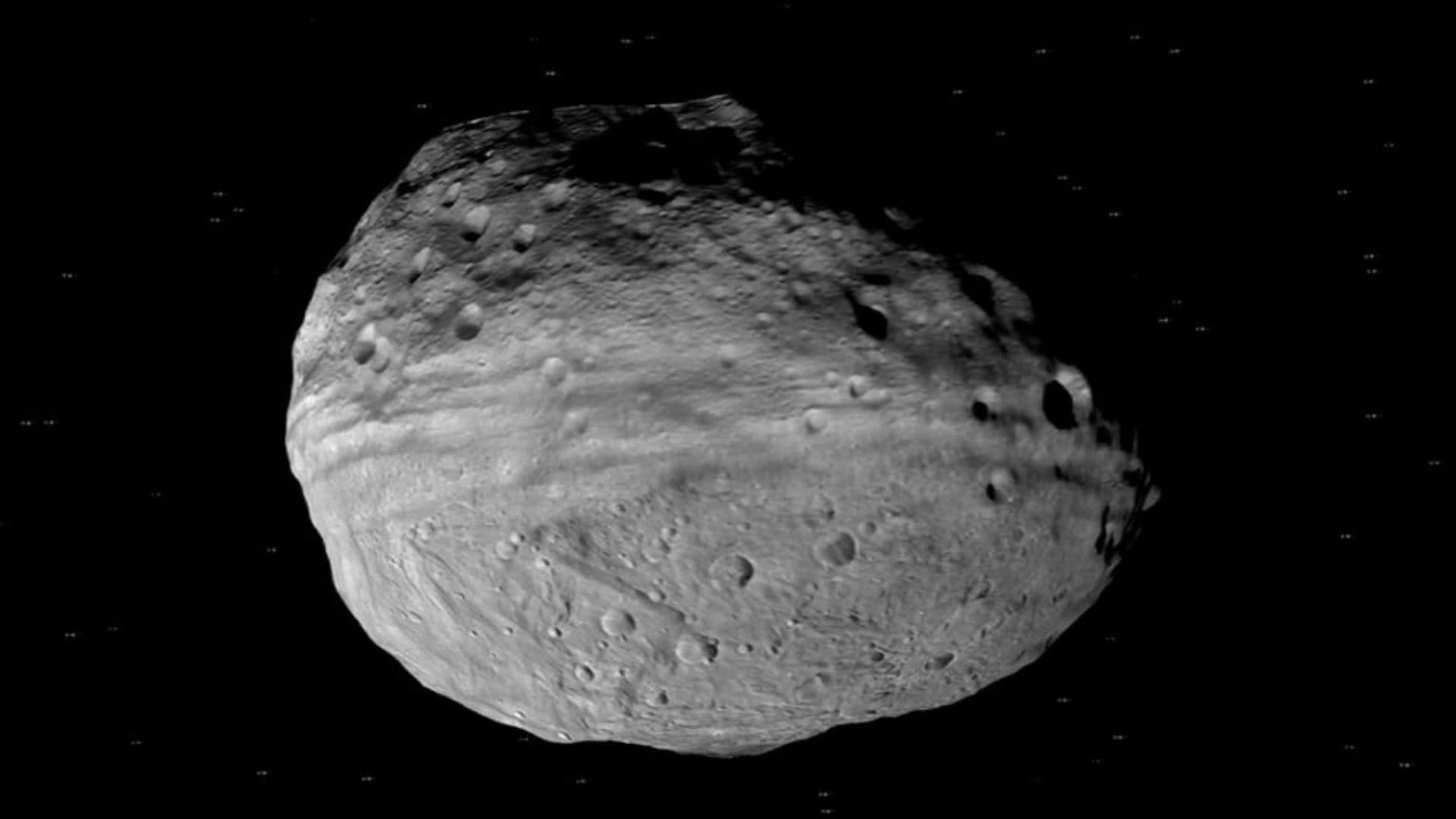The waning crescent moon will make a close approach to the bright star Regulus on the morning of November 6, 2023.
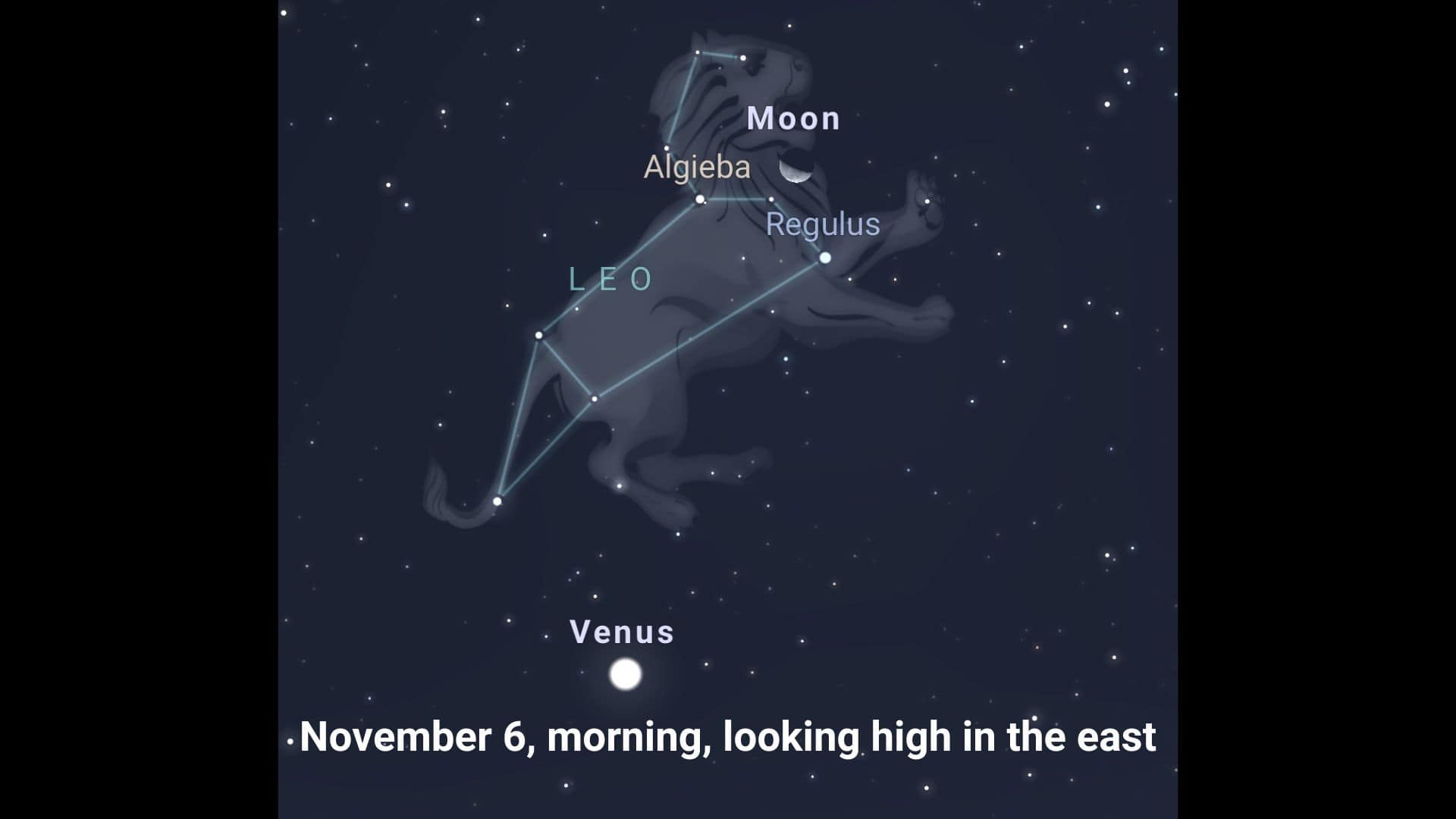
The moon and Regulus will rise together around midnight on November 5, 2023, and reach their highest point in the sky in the morning of November 6, 2023.
Where to look: Look high in the east around 5 a.m. local time to see the moon and Regulus nearby. They will travel across the sky together until they set.
Constellation: On the morning of November 6, 2023, the moon will be located in the zodiac constellation Leo, the Lion and Regulus is the brightest star in the constellation Leo.
You will also see the bright planet Venus hanging below the moon and Regulus.
Phase: On the morning of November 6, 2023, the moon is 40% illuminated (waning crescent phase).
Magnitude: On the morning of November 6, 2023, the apparent magnitude of the moon is -11.56 and that of Regulus is +1.32.
Distance: On the morning of November 6, 2023, the distance of the moon from the earth is 399,000 kilometers and that of Regulus is 79.30 light years.
Regulus, a star in the Spring Triangle asterism
Regulus is one of the stars in the Spring Triangle asterism. Three bright stars, Regulus, Spica, and Arcturus, form the Spring Triangle asterism.
Regulus is the brightest star in the constellation Leo, Spica is the brightest star in the constellation Virgo, and Arcturus is the brightest star in the constellation Bootes.
The Spring Triangle asterism is visible all night in the Northern Hemisphere in spring i.e. from March to May.
You will see the bright star Regulus next to the moon again on December 3, 2023
The moon takes 27.322 days to complete one orbit around the Earth with respect to the background stars. This is called one sidereal month.
However, in 27.322 days, the bright star Regulus moves a little from its previous position with respect to the background stars.
So the moon takes a little over 27.322 days to catch the bright star Regulus in the sky, and you will see the bright star Regulus next to the moon again on December 3, 2023.
Please follow us on Facebook and Twitter to get latest space news, upcoming skywatching events and astronomy-related content.
